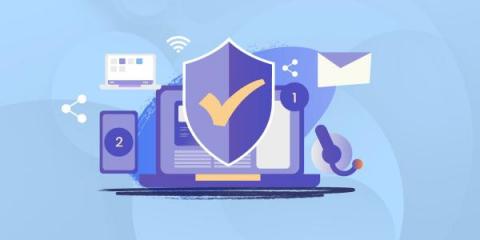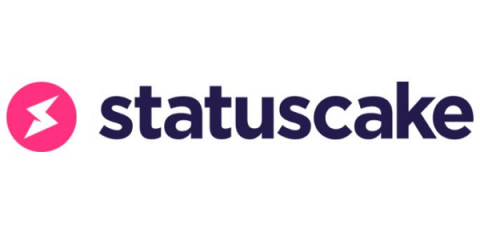Operations | Monitoring | ITSM | DevOps | Cloud
Remote Work
The latest News and Information on Remote Work and related technologies.
Evolve hybrid cloud security to meet COVID-19 challenges
Remote work poses new demands for hybrid cloud security. Here’s how organizations can protect themselves from security threats in this complex landscape.With employees continuing to work from home to meet the social distancing requirements of COVID-19, more people are juggling business with personal engagements, at times outside normal business hours. Often, they’re using their mobile business laptop, as well as a plethora of additional wireless mobile devices.
Strategies to Secure a Digital Workplace
Digital workplace solutions have played a huge role in streamlining the shift to remote work. It has improved the employee experience and organizational productivity and made work-from-home almost as smooth as in-office work. While it has certainly made work life easier for both employees and managers alike, from a cybersecurity standpoint, having a single integrated interface with all the data from the organization in one place leaves the company vulnerable.
Now Platform Rome release delivers capabilities for hybrid work
The ways we live and work have fundamentally changed with remote working and hybrid work models becoming the norm. Digital transformation has taken on a new level of urgency to the point where its success or failure directly impacts an organization’s ability to prosper or even survive. More than ever, organizations need a single platform to enhance productivity, accelerate innovation, and engage their employees and customers, wherever they are.
Delivering connected and engaging employee experiences for hybrid work
Business leaders face a do-or-die situation when addressing the challenges of the new world of hybrid work. Digital transformation within employee experiences is no longer simply a driver of growth and productivity—it’s an imperative to help employees find better balance and keep them creative, productive, and engaged.
The top 7 IT challenges to managing a remote workforce
With more and more businesses continuing to work from home or allowing flexible remote work, managed services providers (MSPs) are faced with numerous obstacles—ranging from securing a multitude of new endpoints to remotely deploying software—as they work to best support their customers. This guide will outline the top seven IT challenges faced by businesses managing a remote workforce and provide solutions that MSPs can use to tackle them.
Why you should be using a VPN when working from home
With so many of us working from home full time for the last 16 months, VPNs have become essential tools for companies to keep their staff working in a safe environment. What we mean by “safe” is mainly about your online presence whilst performing daily tasks for your job.
Return to Office: the Vital Role of IT
18 months later, organizations around the globe are slowly but surely starting to welcome their employees back to the office – or at least thinking about it. But this is not a “back to normal” kind of thing. Most will recognize that something’s different this time around. Firstly, there is no clear one-size-fits-all return-to-office strategy.
Remote work and its lasting impact: What our global research uncovered
The COVID-19 pandemic has not only had a profound impact on everyone across the globe; it has also fundamentally changed the way organizations function. We are nearing one and a half years since remote work became the norm and organizations had to adapt to this new mode of working almost overnight. This rapid transition wouldn’t have been possible without the massive technology, workflow, and process upgrades undertaken by IT departments.
3 tips to enhance remote access security
As managed services provider (MSP) technicians know, remote access gives an authorized user the ability to enter another user’s computer or network through a network connection. This access is often established via a remote desktop protocol (RDP), which is a network communications protocol from Microsoft® that is specifically designed for remote management.










